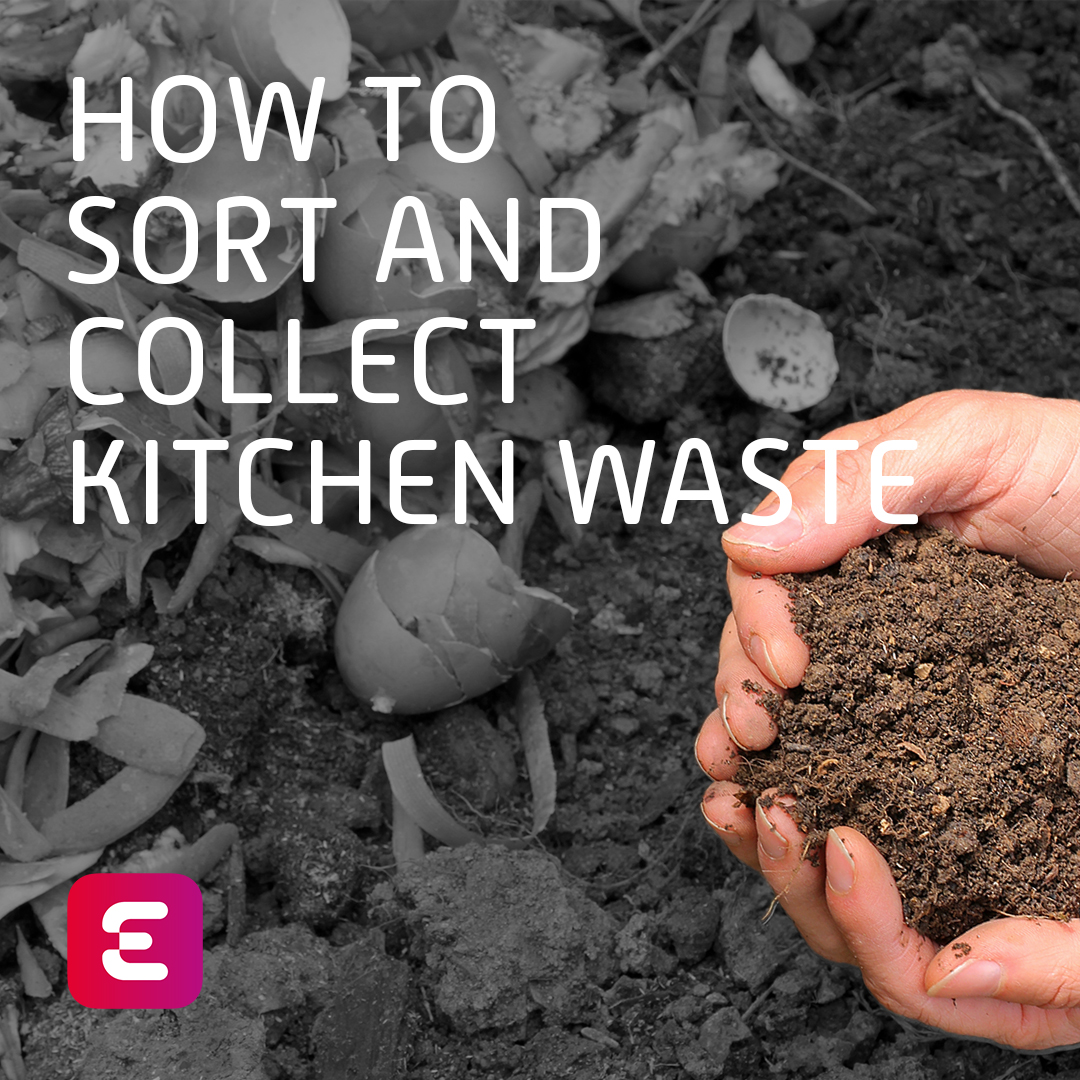How to sort and collect kitchen waste
Biodegradable kitchen waste is a type of waste that is generated in households or catering facilities (especially biowaste from kitchens), or in gardens, parks, etc. Biological waste can be recovered in a biogas plant or composted after sorting, which puts these resources back into the processing cycle.
Cooking oil is a raw material
Edible oils and fats are a specific type of bio-waste, especially used cooking oil, for the collection of which there are several reasons. On the one hand, it is neither safe nor environmentally friendly to throw it in the normal municipal waste or to pour it into the sewer, because the oil pollutes, clogs and damages them and at the same time can be an attraction for rodents.
Another reason for collecting used oil is pragmatic. With proper separation, it is possible to create raw material from ordinary cooking oil, which can be used in transport, logistics, energy, or other industries. It is used by refineries in the production of diesel fuel, where the oil is first cleaned, dewatered and possibly contaminated, deacidified, and then produced into a biofuel component – biodiesel, which is added to diesel or used instead of diesel.
Collection options
If you are not able to compost all leftovers from the kitchen, according to the new rules, kitchen biowaste must be sorted into containers or compostable bags, which should be provided by the municipality or city in cooperation with the waste collection company.
The collection of biodegradable and organic waste is usually carried out by means of bags made of compostable material, or by exchanging plastic, hermetically sealable waste containers. In the case of the collection of used oil, this is carried out by exchanging special closed containers for liquids, while it is usually exported in addition to the collection of other types of biowaste.
Records of waste bags and containers
The ESONA system supports the marking and registration of waste bags and hermetically sealable containers for biodegradable and organic waste, as well as their assignment to tax payers for the collection of kitchen waste. Disposable self-adhesive paper labels (QR code labels, without RFID chip) can be used to identify waste bags, which citizens will stick to the bags when unloading waste.
In the case of waste containers, more durable plastic self-adhesive labels with printing, printed on a special printer with bitumen tape, can be used for their identification. Waste containers are usually marked at the level of the stand (eg a tag with a plastic self-adhesive label with a code on the stand), as the collection usually does not dump waste containers, but exchange full containers for empty ones.
Logistics support and export monitoring
The introduction of the collection of biodegradable kitchen waste is a different way of recording waste containers and the implementation of waste collection than in the case of the collection of mixed municipal waste. It is more convenient to manually scan and record exports of bags or waste containers with QR codes using a mobile application. For dumps recorded using the ESONA mobile application, in addition to the container or bag code (bag label, container sticker), the exporter’s employee identifier, the date and time of the dump, the GPS coordinates of the dump, etc. are also recorded.
The application also enables the solution of problems and incidents during dumping, using the option to record and report exceptional cases in the form of a photograph. This can be, for example, an illegible QR code on a sticker on a bag or container. Along with the photo, the date and time of detection of the problem, GPS coordinates, notes, etc. will also be recorded.
What belongs to kitchen biowaste
Vegetable and fruit peel, coffee and tea scraps, eggshells, old bread, food scraps, walnut shells, hair, small animal droppings, paper bag contaminated with vegetables, fruit, butter, jam, food after warranty period or otherwise spoiled, used paper handkerchief and napkins and in small quantities also wood wool, newsprint, unprocessed raw material residues, unconsumed food and food residues of plant and animal origin, as well as packaged food after the expiration date in their immediate, primary packaging, which arose from kitchens households, etc.
What does not belong in kitchen biowaste
Stones, bandages, cigarette butts, dead animals, parts of animals killed at home called “domestic leakage” means waste that was not originally intended for human consumption or food preparation.

